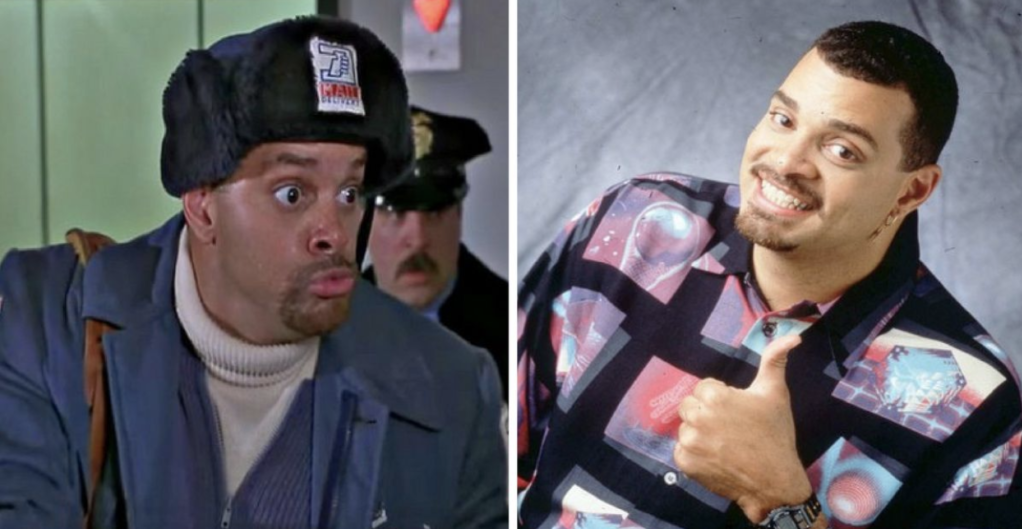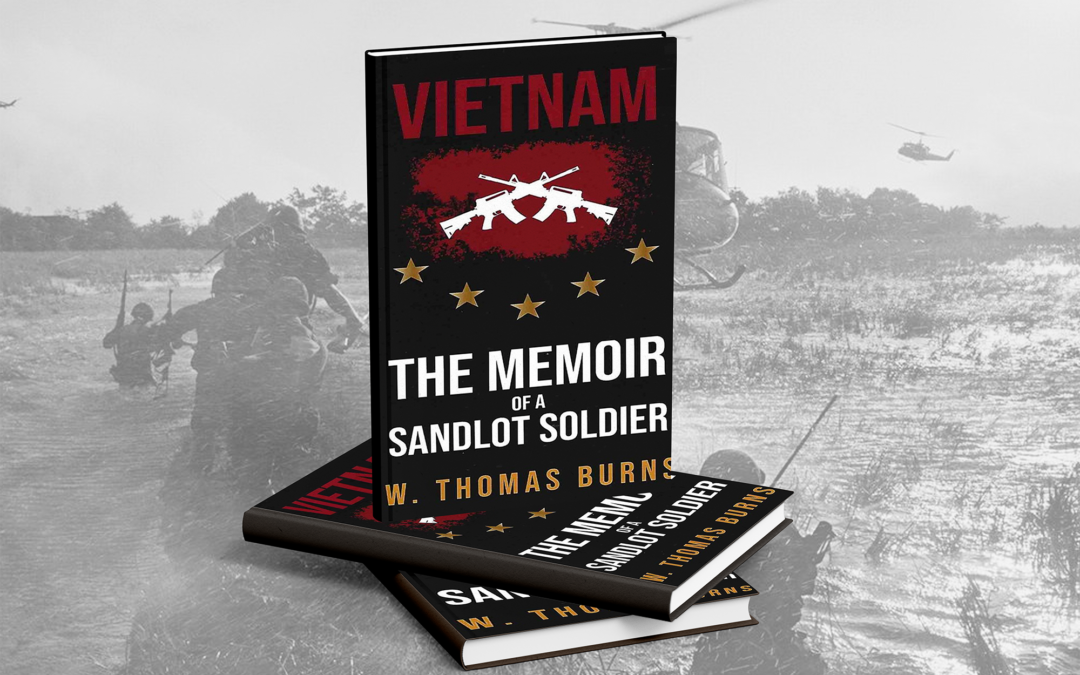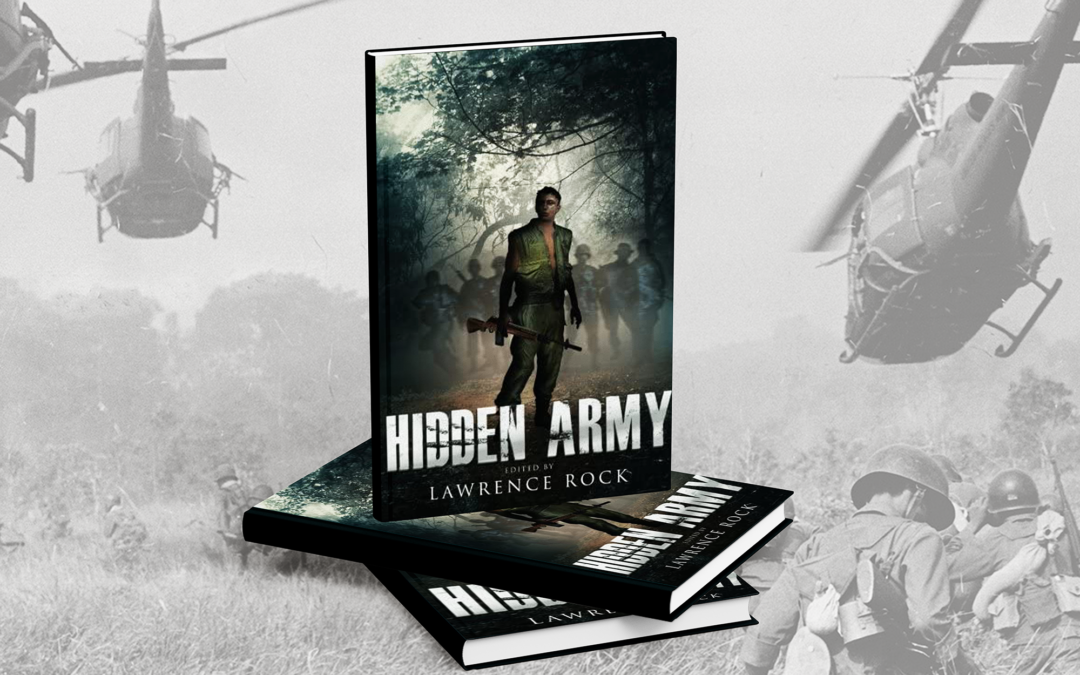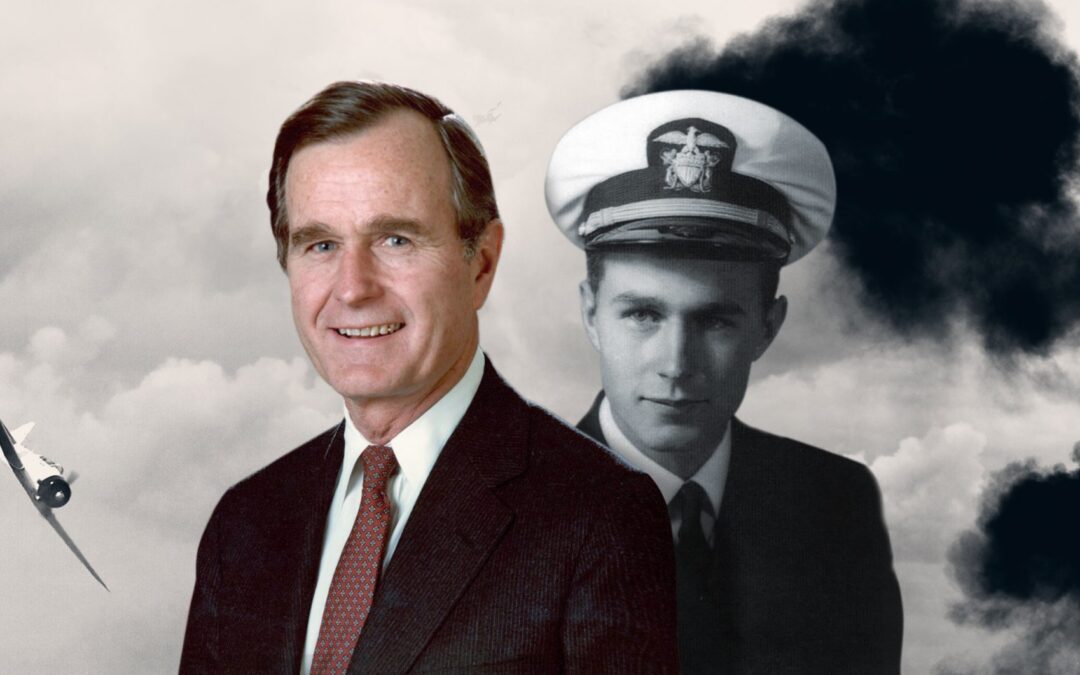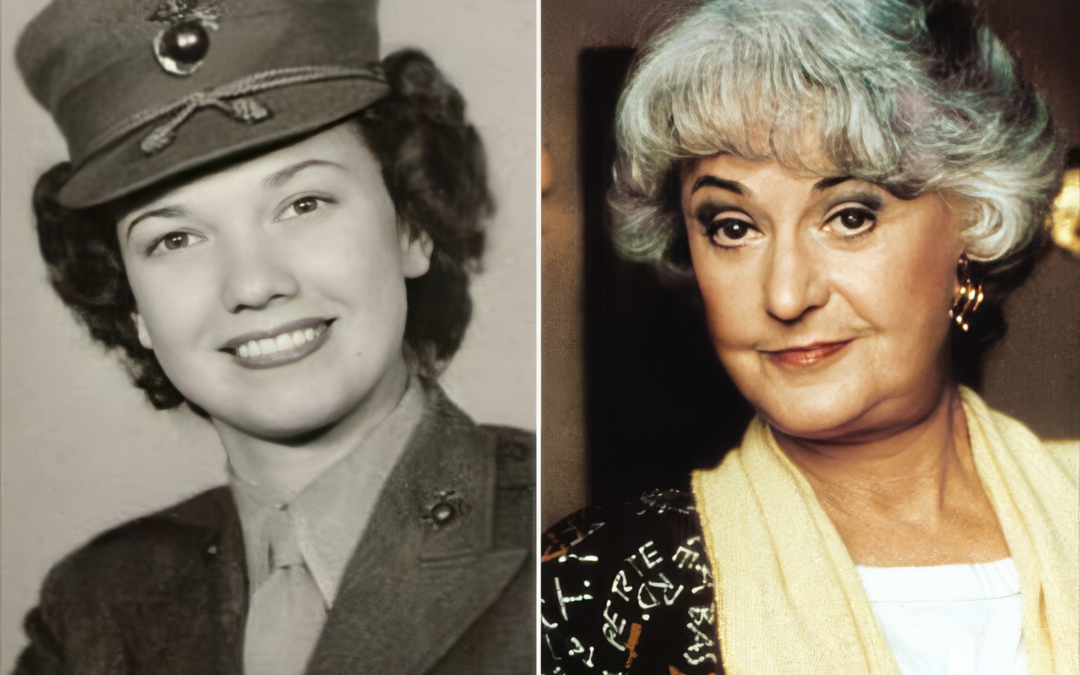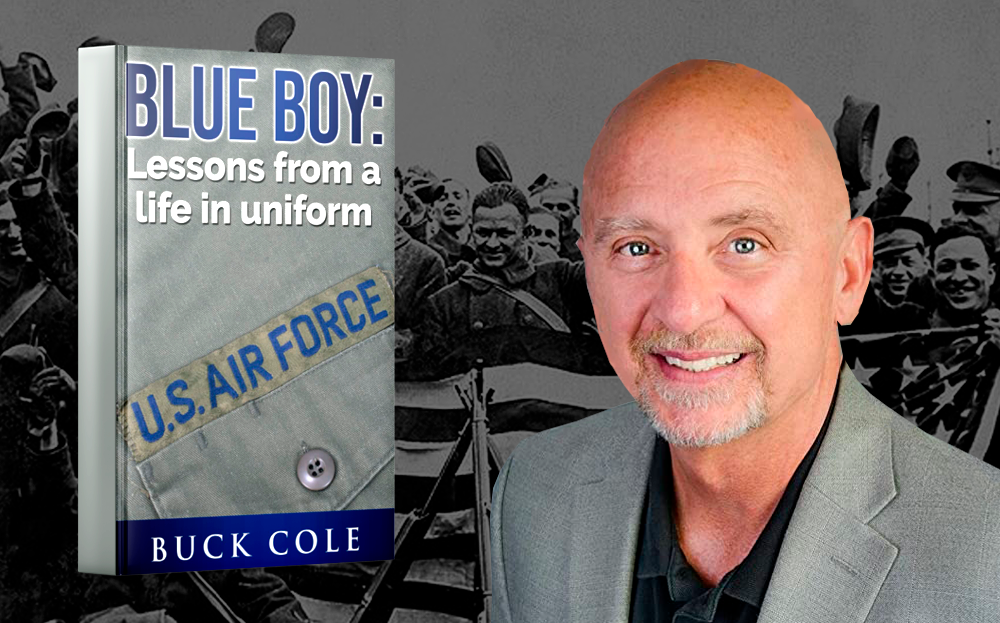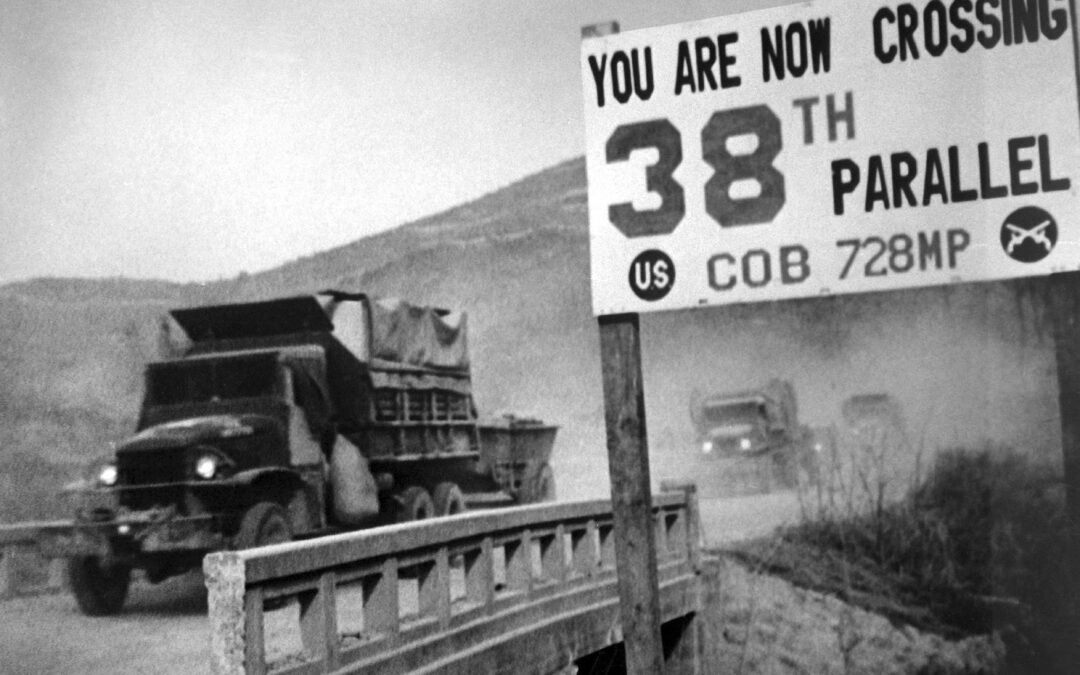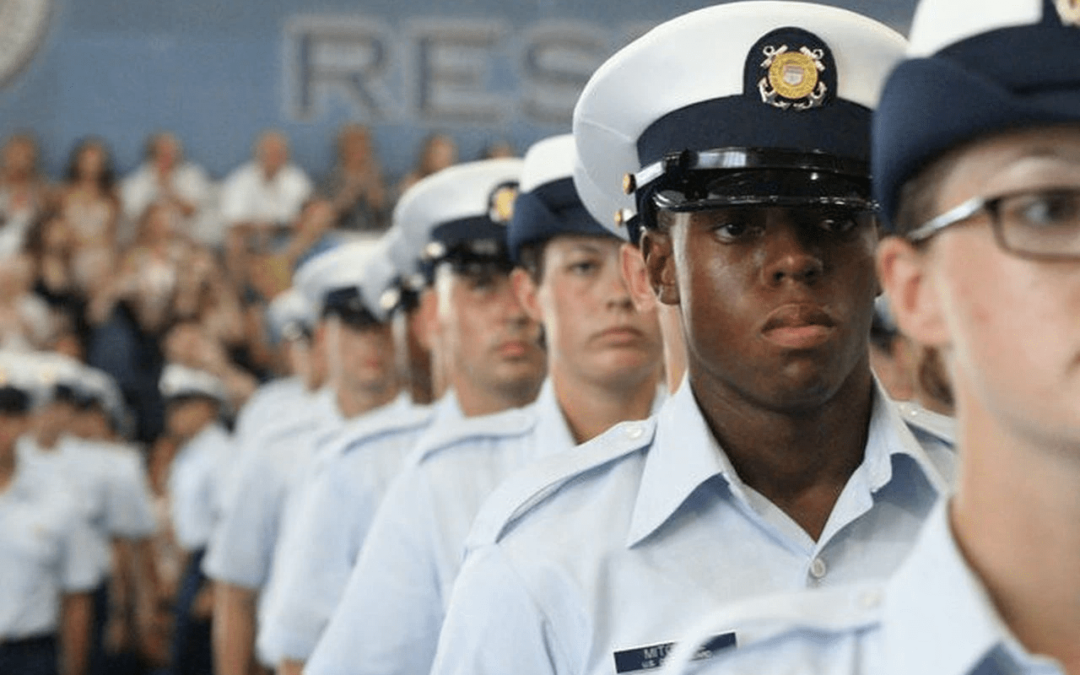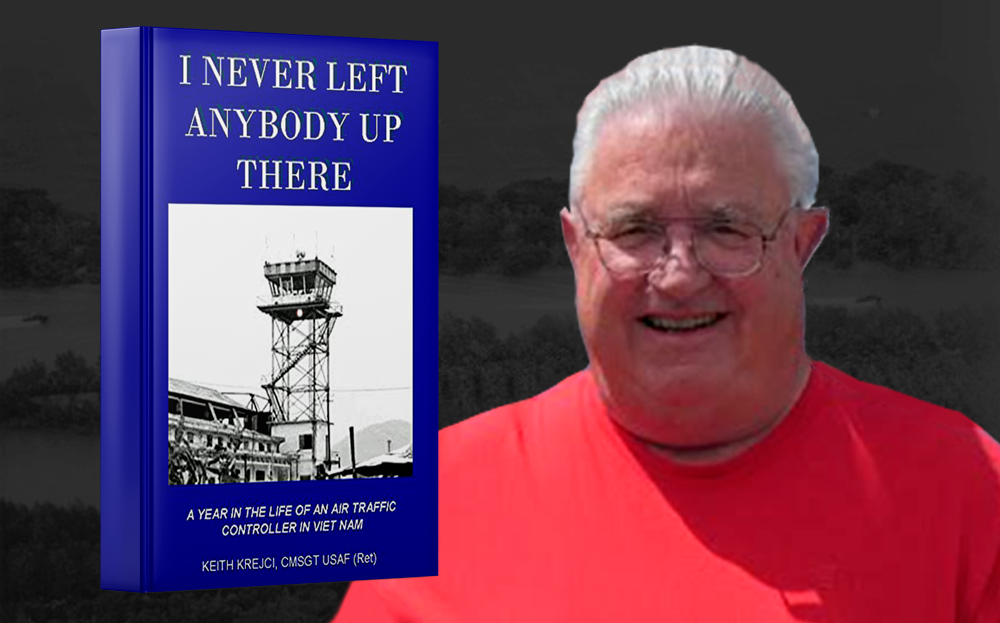SA David ‘Sinbad’ Adkins (U.S. Air Force, 1979-1983) is best known for his body of work as a comedian and film & TV actor. He became known in the 1990s for being featured on his own HBO specials, appearing on several television series such as Coach Walter Oakes in A Different World, and as David Bryan on The Sinbad Show, and starring in the films Necessary Roughness, Houseguest, First Kid, Jingle All the Way, Good Burger, and Planes. Prior to this success, however, Sinbad spent some time in the military. TogetherWeServed examines how a failed basketball prospect became one of the 90s’ most prominent Black comedic actors. Sinbad’s Early Years David ‘Sinbad’ Adkins born in Michigan in 1956, the son of a Baptist minister. David Adkins graduated Benton Harbor High School in 1974. He visited an Air Force installation in Colorado, but llost interest in enlisting upon learning he would have to give up his afro. Instead, he went to college at the University of Denver, CO on an impulse,...
